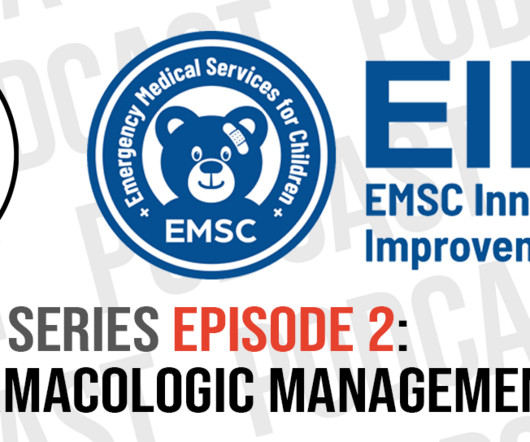Skinny Label and Induced Infringement: The Saga Continues
FDA Law Blog
MAY 11, 2023
government in the now-infamous (at least in FDA circles) Teva v. In the brief , the Government takes a strong position, stating “[t]he court of appeals’ holding that respondents presented sufficient evidence of petitioner’s intent to induce infringement is erroneous and warrants this Court’s review.” GSK skinny label case , the U.S.











Let's personalize your content